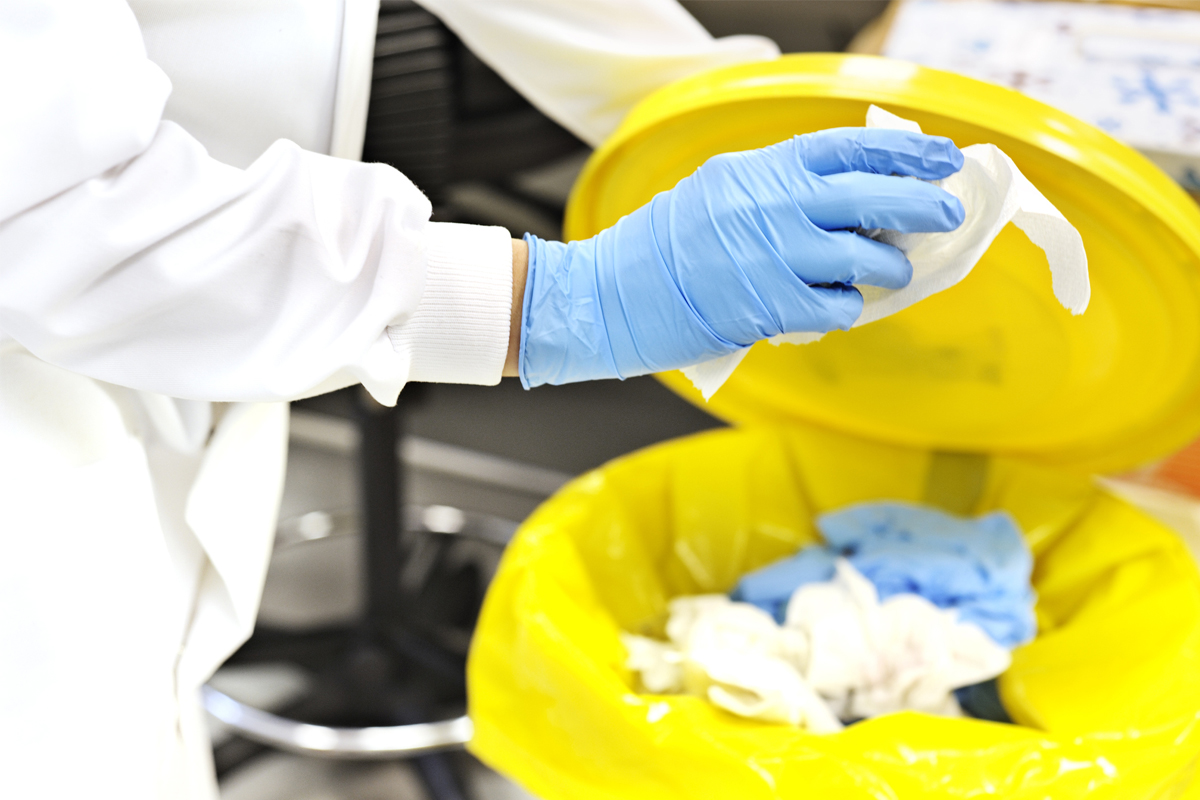National Cancer Awareness Day: Can lifestyle changes prevent cancer?
National Cancer Awareness Day highlights the importance of prevention, early detection, and healthy lifestyle choices in the fight against cancer.
Not even the entire quantity of the ‘managed’ hospital waste is handled correctly; incineration or open burning of hazardous waste often resulting in such emission as dioxins and furans.

PHOTO: STATESMAN NEWS SERVICE
It is not a little ironic that hospitals, supposedly the soul of wellness delivery, have emerged as a big environmental scourge, courtesy the biomedical waste they produce and not safely dispose of. If the current generation of between one and two kilograms per bed per day in a hospital and 600 gm per day per bed in a general practitioner’s clinic is not alarming enough ~ given the bureaucratic indifference to the casualness with which the disposal is managed ~ it is learnt these figures are likely to increase to around 775.5 tonnes per day by 2020. This is despite the Bio Medical Waste (Management and Handling) Rules in July 1998 and the Ministry of Environment, Forest and Climate Change’s amendment and enforcement of the “parent rules” on 19 February 2019, to improve compliance. Not even the entire quantity of the ‘managed’ hospital waste is handled correctly; incineration or open burning of hazardous waste often resulting in such emission as dioxins and furans. Only modern incinerators operating at 850-1,100 °C and fitted with special gas-cleaning equipment can comply with the international emission standards for such dangerous pollutants. Just as diabolic is biomedical waste mingling with municipal garbage and presenting physical, chemical and microbiological risk to the general population, specifically to workers associated with waste disposal. Thankfully, not all biowaste is hazardous.
Such crisis comes from infectious waste from contaminated blood or bodily fluids from diagnostic samples, autopsy waste, from laboratory-infected animals or from swabs, bandages and disposable medical devices that one is familiar with, including syringes, needles or disposable scalpels. In 2010, globally, unsafe injections were responsible for as many as 33 800 new HIV infections, 1.7 million hepatitis B infections and 3,15,000 hepatitis C infections, the World Health Organization (WHO) said. Mercury from broken thermometers, in batteries, solvents and reagents used for laboratory preparations, disinfectants and heavy metals in medicines and even expired and thrown away drugs and vaccines add to the frightening WHO list. This includes cyctotoxic waste from cancer treatment and their metabolites amongst others and contaminated waste in radioactive diagnostic material or radiotherapeutic material. In India, the biowaste management problem is one of governance. The weak implementation of the law is another given; possibly no hospital/health facility has ever lost its licence because of non-compliance. This is hardly the time to go easy. The bio-waste bureaucracy needs to show alacrity because the failure to do so will mean a self-inflected medical crisis; exactly what health care is supposed to prevent.
Advertisement
Advertisement
Advertisement